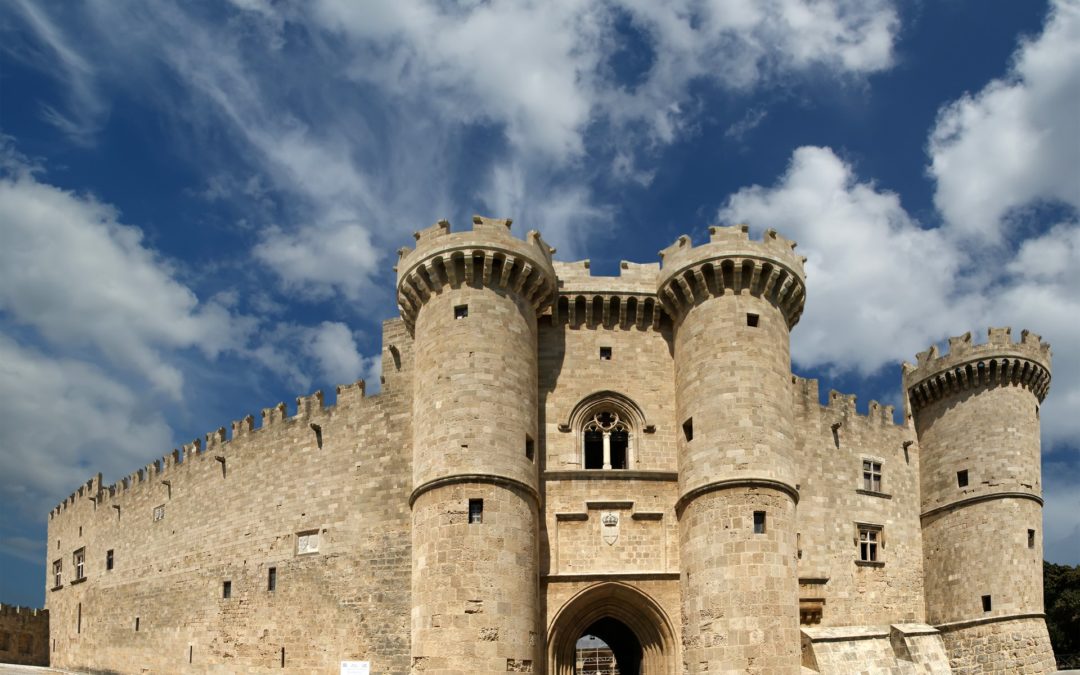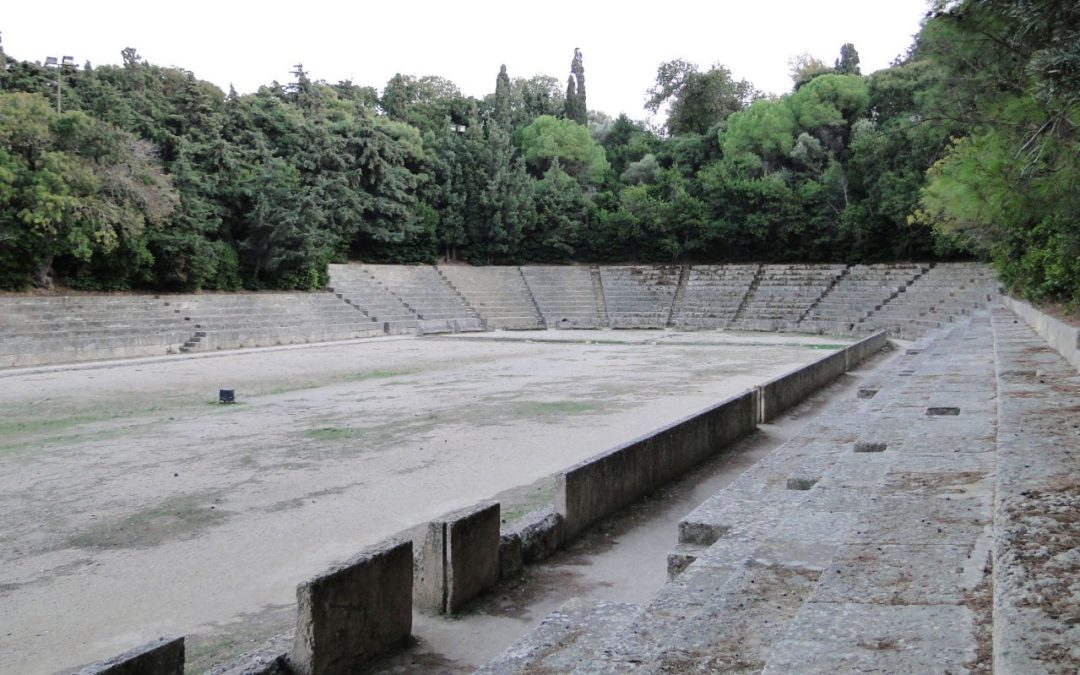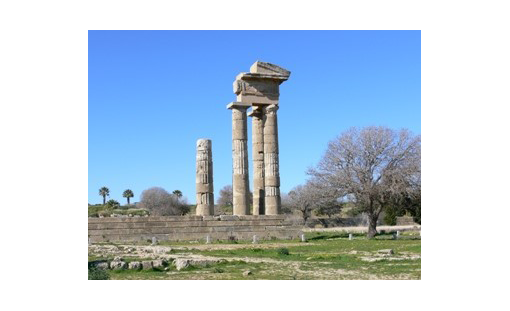
The Acropolis of Lindos
Beneath the modern village of Lindos lies buried one of the most important ancient cities of Rhodes and the eastern Aegean. The only visible today ancient monuments preserve the mighty bare rock

Beneath the modern village of Lindos lies buried one of the most important ancient cities of Rhodes and the eastern Aegean. The only visible today ancient monuments preserve the mighty bare rock

From 1309 to 1523 Rhodes, the largest island of the Dodecanese, was occupied by the Knights of St John of Jerusalem who had lost their last stronghold in Palestine, in Acre, in 1291.

The most prominent historical and architectural landmark of the medieval city of Rhodes is the Palace, the administrative seat and residence of the Grand Master of the Order of the Knights Hospitaller.

In the ancient acropolis of Rhodes visitors have the chance to admire the remaining of the ancient stadium of Rhodes, just next to the temple of Apollo.

The temple of Apollo, located right on the northern tip of the island on the acropolis hill of ancient Rhodes, is a Doric style temple dating back from the Hellenistic

On the western side of the island of Rhodes, approximately five kilometers south east from the village of Theologos, there lies the Valley of the Butterflies.

Plimiri is a remote beach that extends for 4 km with spectacular sand dunes and lush vegetation.

Small light coloured pebbles are forming the beach, boarded by wonderful crystal clear waters.

St Pauls Bay is a picturesque bay just south of Lindos on the southeast coast of Rhodes.

Faliraki beach is the best place to be during the day